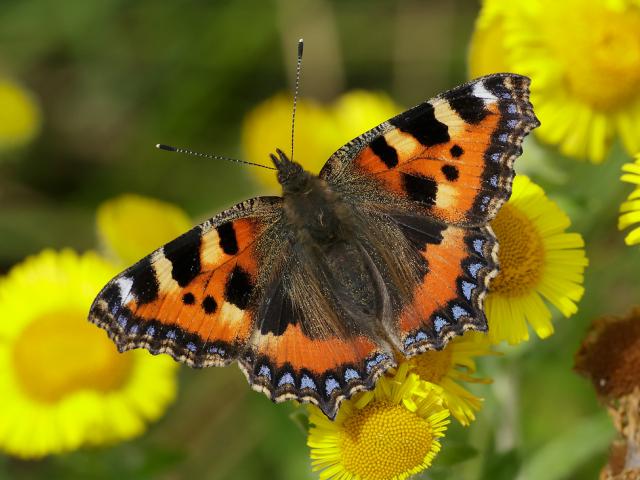
Small Tortoiseshell
The Large Tortoiseshell was once widespread across Britain and most common in the woodlands of central and southern England but while its numbers were always known to fluctuate, it declined to extinction by the 1960s. This butterfly has not been recorded from Ireland.
It is still common in some parts of Europe, but declining in others. There continue to be sporadic records in Britain, the majority from the south coast but some are considered to be of specimens released from reared stock rather than genuine immigrants.
There have been several suggested causes for its decline - including climate change, parasitism, and the effect of Dutch Elm disease on one of its primary foodplants.
Caterpillars feed primarily on Elms (Ulmus ssp) but can also found on Aspen (Populus tremula), Birch (Betula), Poplars (Populus) and Willows (Salix).
Historically in the British Isles, the Large Tortoiseshell inhabited woodland, especially those containing sallows whose flowers provide a primary nectar source for the adults in the spring.
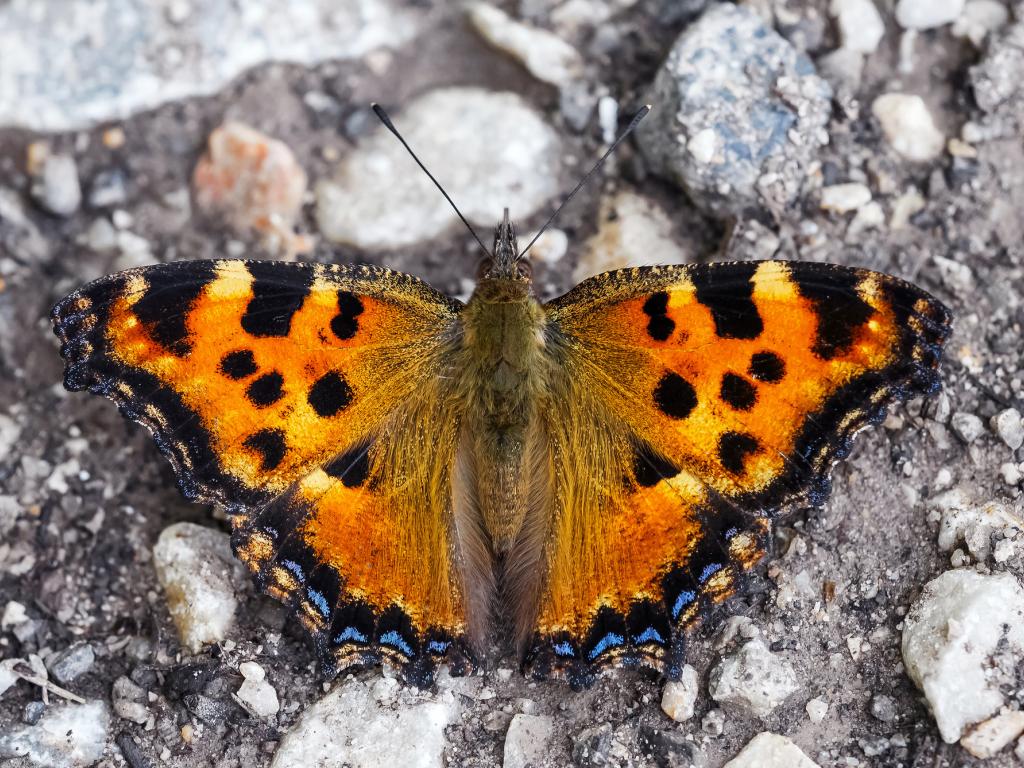
Large Tortoiseshell - Adam Gor
Adam Gor
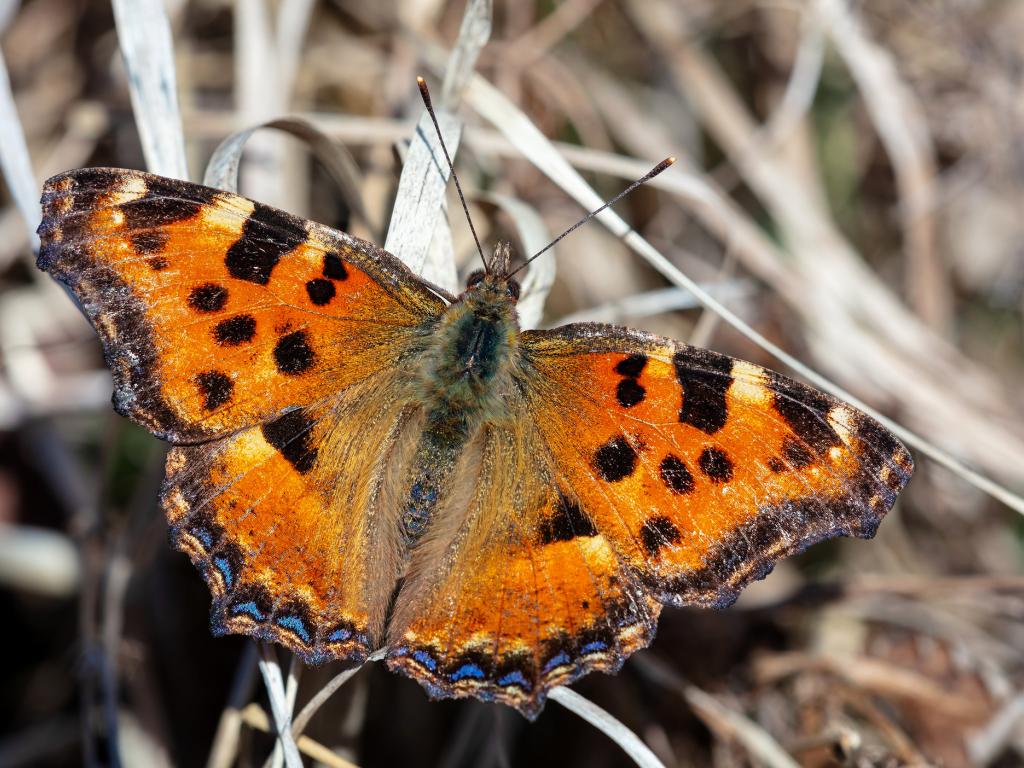
Large Tortoiseshell - Adam Gor
Adam Gor
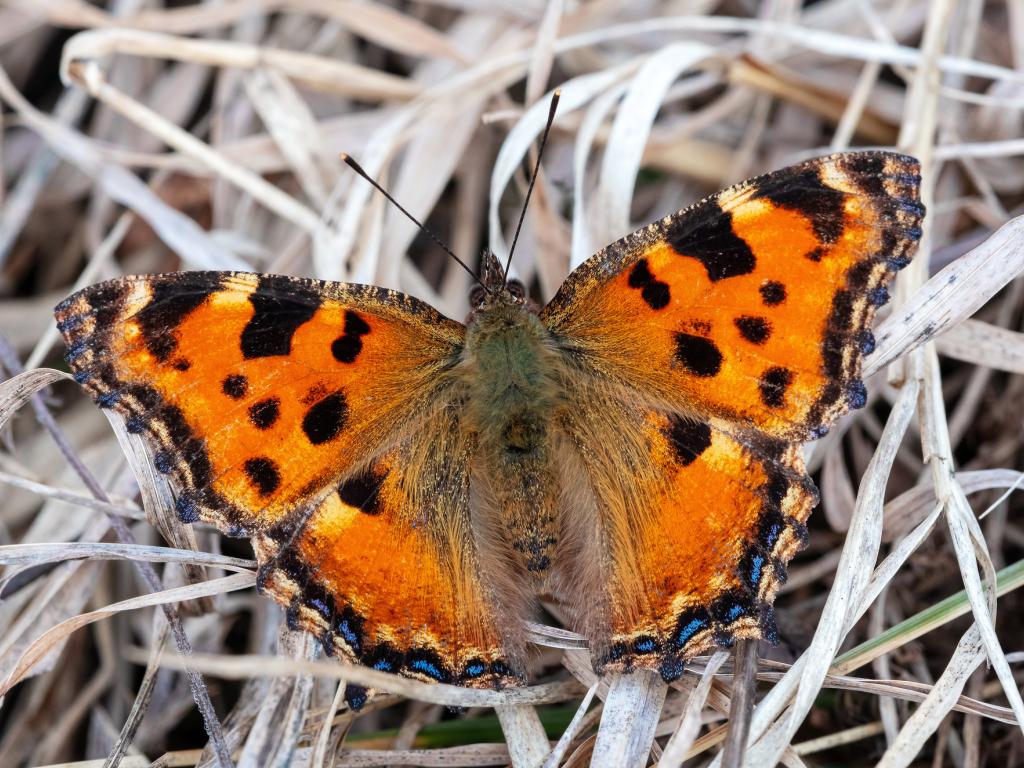
Large Tortoiseshell - Adam Gor
Adam Gor
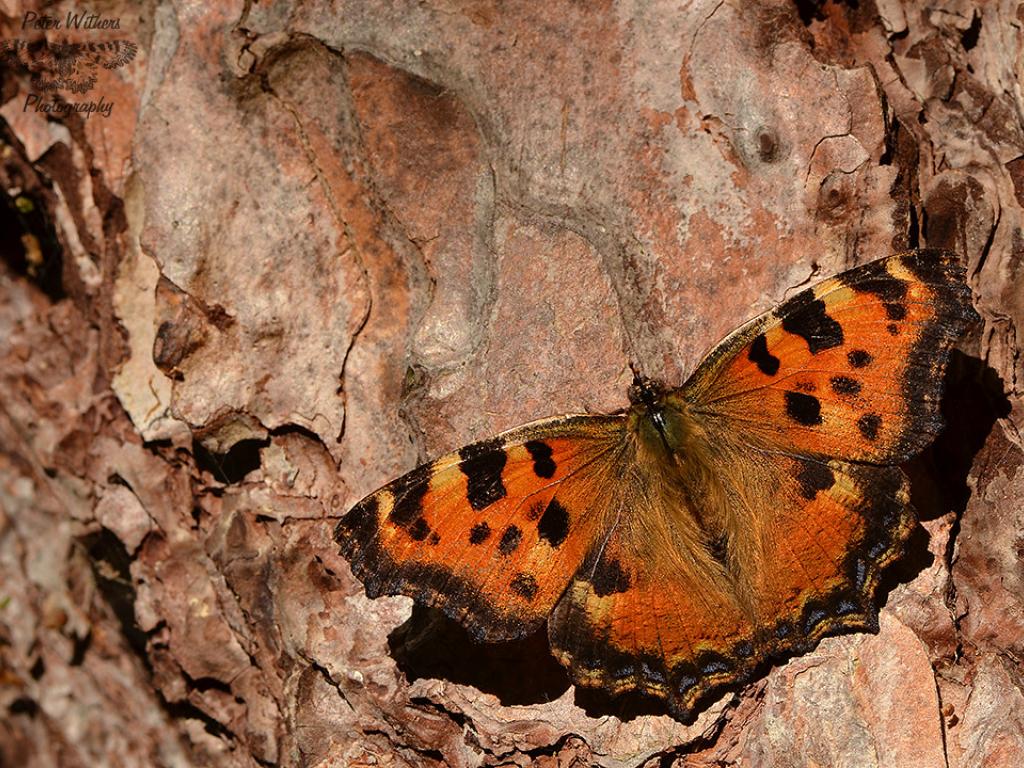
Large Tortoiseshell - Pete Withers
Pete Withers
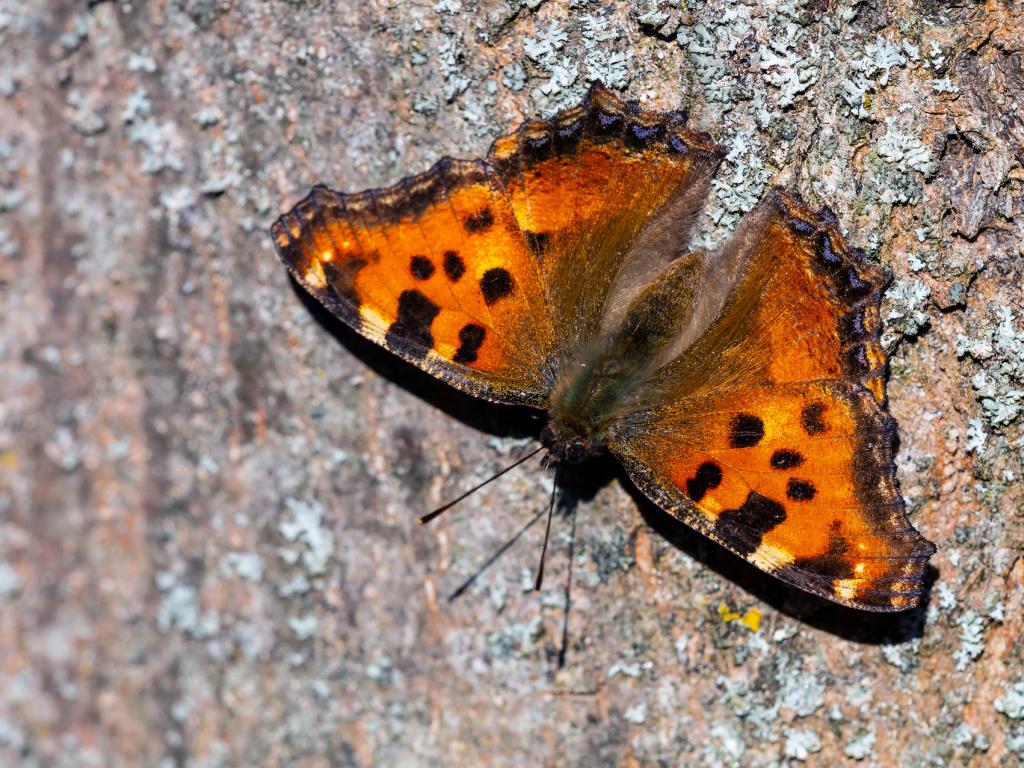
Large Tortoiseshell - Adam Gor
Adam Gor
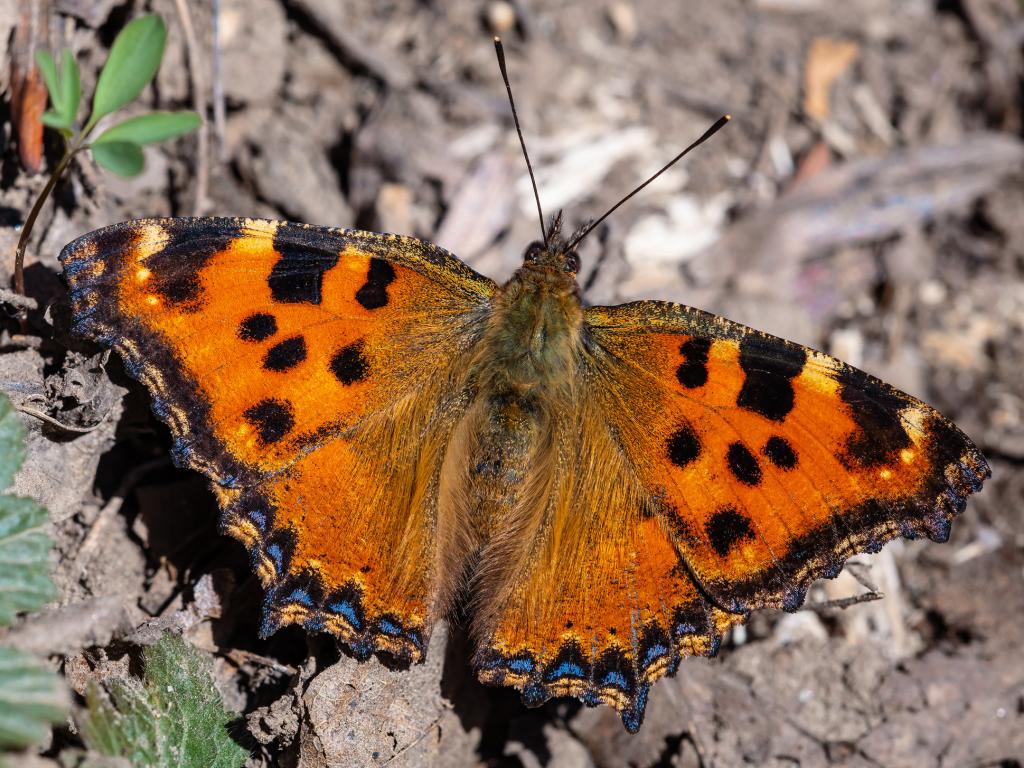
Large Tortoiseshell (upperwing) - Adam Gor
Adam Gor
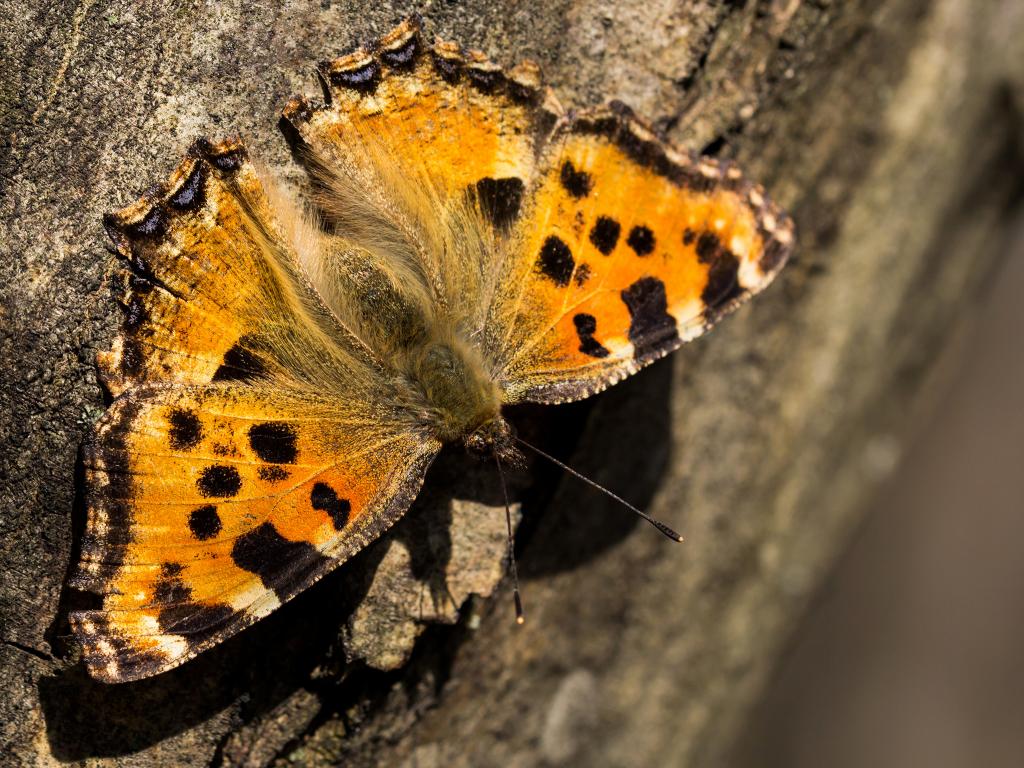
Large Tortoiseshell (upperwing) - Tamás Nestor
Tamás Nestor
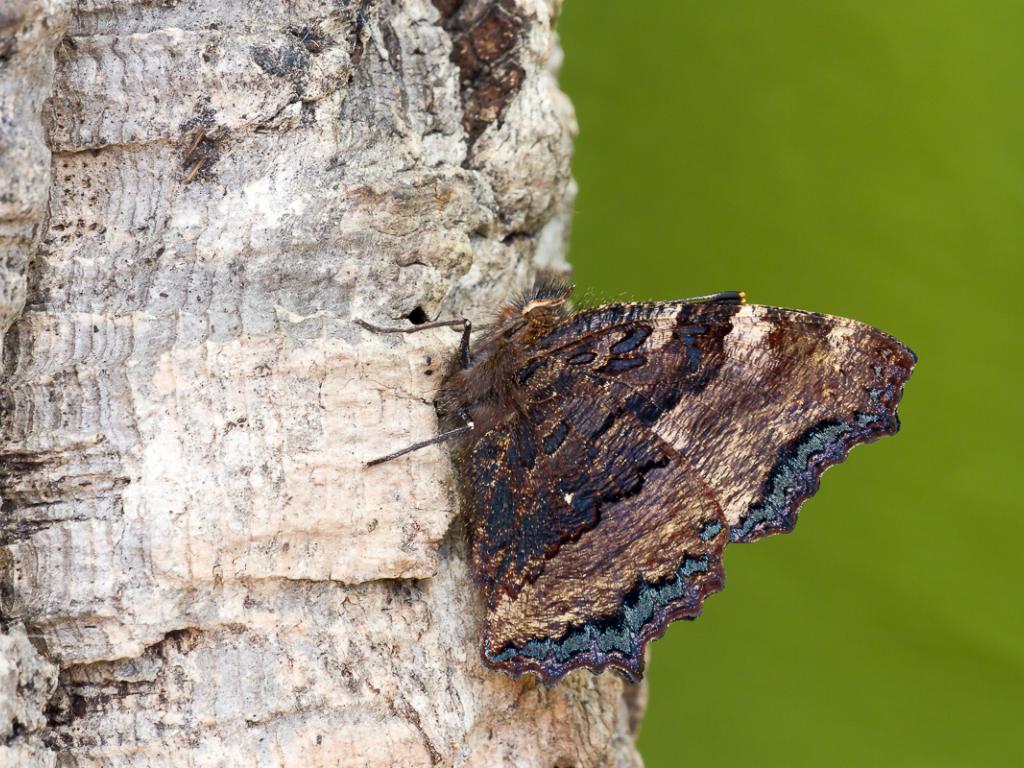
Large Tortoiseshell (underwing) - Peter Eeles
Peter Eeles
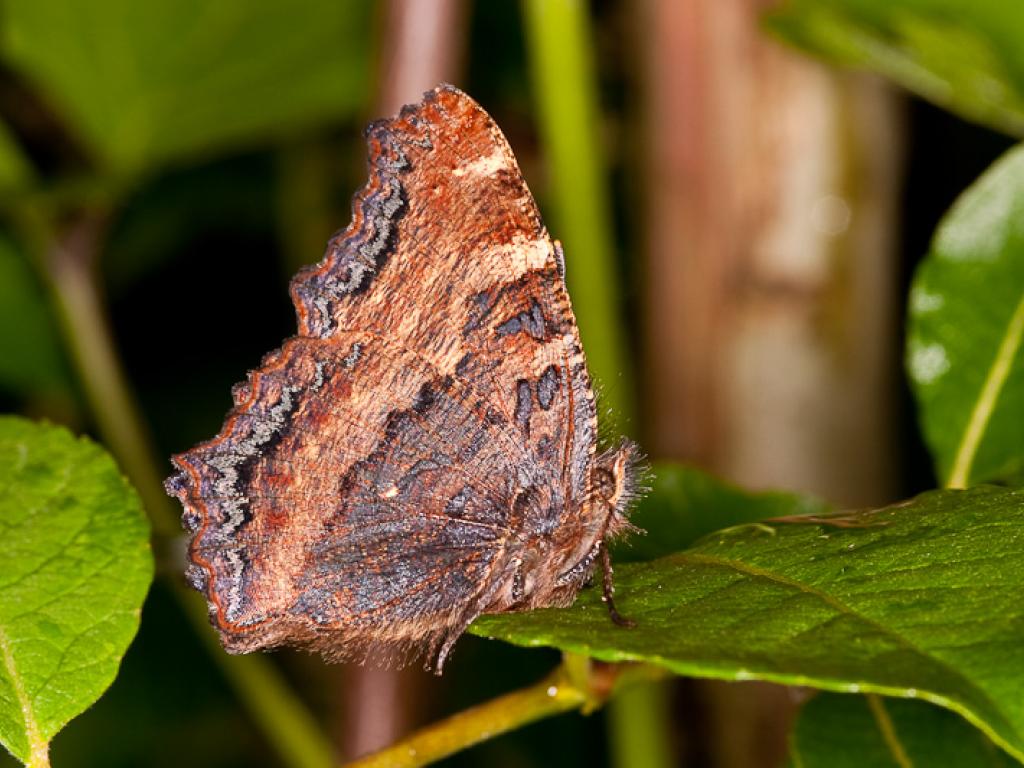
Large Tortoiseshell (underwing) - Peter Eeles
Peter Eeles
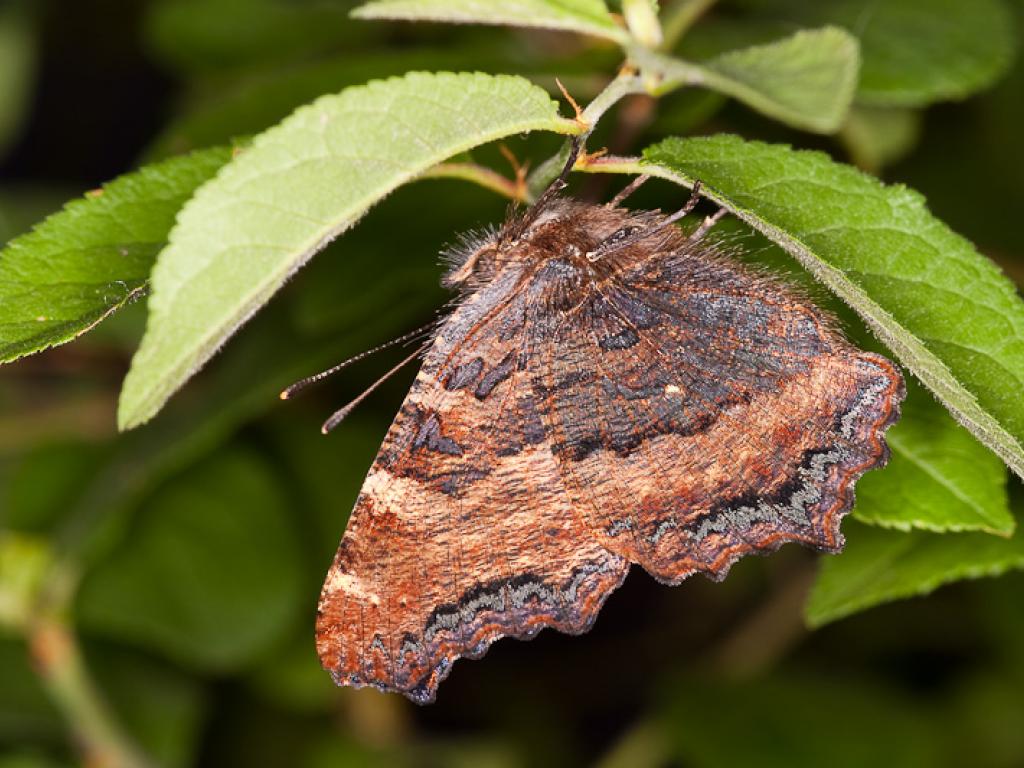
Large Tortoiseshell (underwing) - Peter Eeles
Peter Eeles
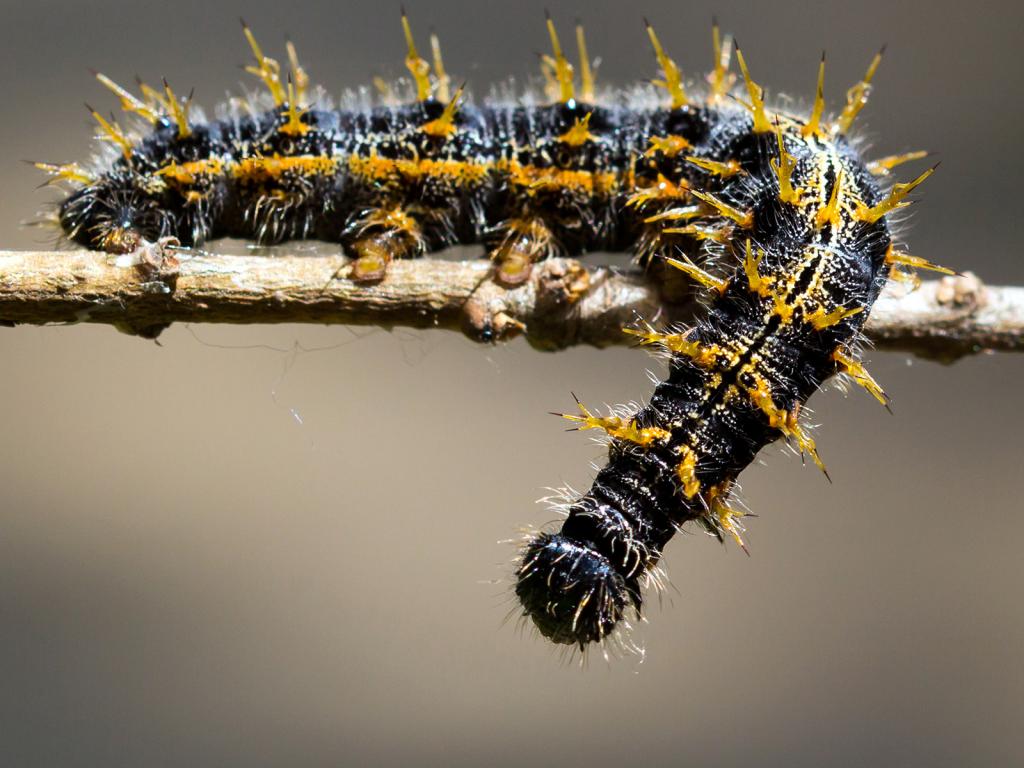
Large Tortoiseshell (caterpillar) - Tamás Nestor
Tamás Nestor
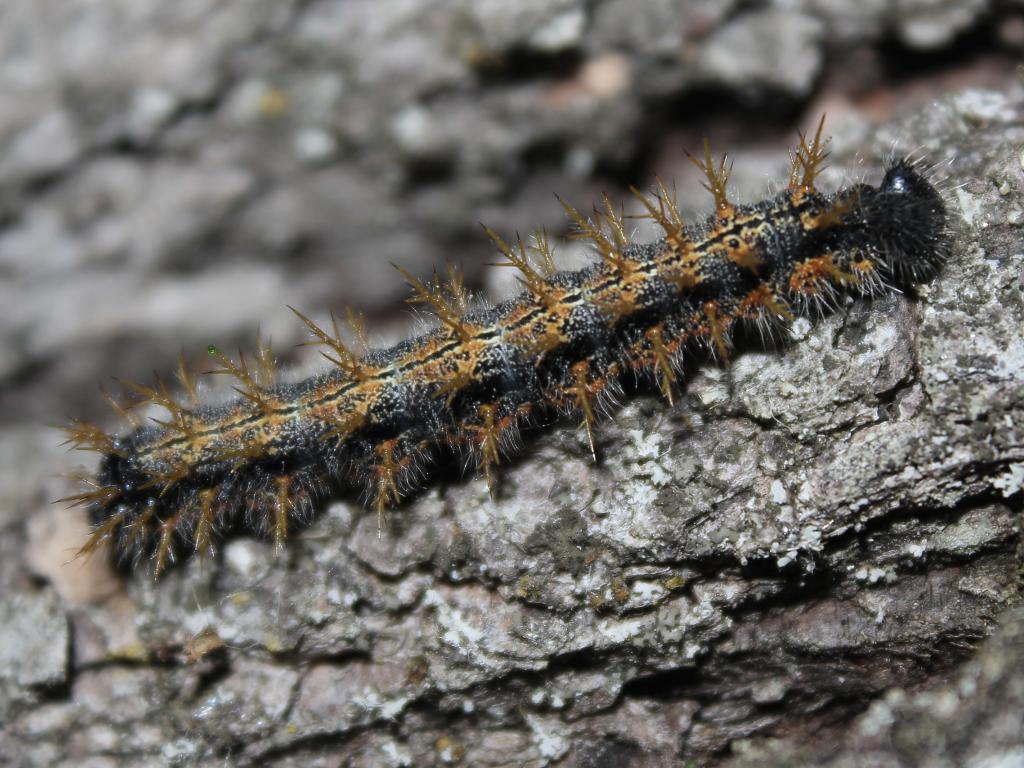
Large Tortoiseshell (caterpillar) - Marcell Kárpáti
Marcell Kárpáti